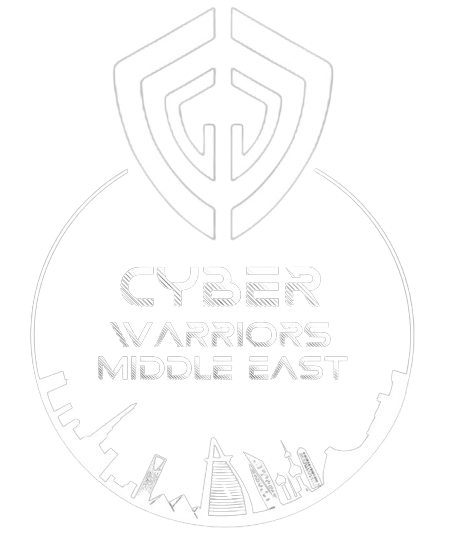Navigating the Cybersecurity Skills Gap: Insights from Matt Hillary
Facing a widening cybersecurity skills gap, Chief Information Security Officers (CISOs) across Europe grapple with the challenge of building and retaining capable security teams. Matt Hillary, Senior Vice President of Security and CISO at Drata, explores strategies for balancing budgetary limitations, mitigating team burnout, and effectively addressing the intricacies of modern cyber threats.
The Numbers Game of Recruitment
In cybersecurity recruitment, quantity often seems to be equated with quality. The approach is simple: interview as many candidates as possible to enhance the chances of finding the right fit. However, in an environment where mistakes can lead to dire consequences, rushing the recruitment process is a perilous game. Instead of simply filling a position, organizations must prioritize hiring individuals who not only possess the right skills but also align with the team’s culture.
Understanding Individual Motivations
Successful CISOs respect the complexities of human behavior within their teams. Understanding what drives each individual is pivotal. It’s essential for leaders to listen to their team members’ career goals, passions, and preferred learning styles. Recognizing these factors contributes significantly to boosting individual development, enhancing engagement, and lowering burnout rates.
Everyone learns differently—what inspires one team member may leave another disengaged. Some may benefit from structured courses, while others might thrive through practical experiences or peer mentorship. By customizing development pathways to individual needs, leaders can cultivate confidence and a nurturing culture that prioritizes both professional growth and personal connection.
Leading by Example
Security teams often operate in a lean and agile manner, yet effective leadership is critical. CISOs can foster a culture of trust by being present and working alongside their team members. This hands-on approach demonstrates that every task, incident, and alert is significant.
Matt Hillary emphasizes that “it’s all about creating an organic working connection with your team members who see that you care and appreciate what they are doing.” Collaboration over command encourages open dialogue, allowing team members to feel empowered to speak up and contribute without fear of judgment.
Furthermore, CISOs must set the tone for a learning-centered environment. If leaders prioritize their own professional development—be it through podcasts or networking—they pave the way for their teams to do the same, reinforcing the idea that learning is a continuous journey regardless of one’s position.
Addressing Team Burnout
Cybersecurity roles can be riddled with stress, as evidenced by findings from Tines, which report that 66% of cybersecurity practitioners feel significant work-related stress. Burnout is real and prevalent, making it imperative for CISOs to engage in conversations around mental health. Awareness is the first step. Leaders should proactively identify signs of stress or disengagement and create a culture in which team members feel safe discussing their challenges.
Removing the stigma surrounding mental health is vital. CISOs must enact intentional policies that prioritize well-being, such as acknowledging the limits of work hours, encouraging the use of wellness resources, and maintaining open lines of communication after challenging periods.
Navigating Budgetary Constraints
Behind the scenes of cybersecurity operations lies the ever-looming budgetary constraints. CISOs must balance effective spending with the broader strategic needs of the organization. Understanding the business’s risk profile and the essential security outcomes is vital for maximizing security investments.
While every organization’s requirements differ based on industry and regulatory pressures, CISOs need to communicate their needs persuasively to other stakeholders. This communication must go beyond dry statistics; storytelling can play a crucial role in advocating for resources. Sharing experiences from past incidents can underscore the necessity for additional budgets, making it easier to secure funding for vital cybersecurity initiatives.
To enhance security measures, engaging a red team for regular assessments can offer insights into vulnerabilities that need addressing. The results gained from these evaluations can inform strategic pitches for budget increases, especially when they illuminate potential risks that could have severe operational and financial impacts in the event of a breach.
By adopting a thoughtful approach to recruitment, individual development, team dynamics, mental health, and budget management, CISOs can begin to bridge the growing skills gap and create resilient security teams capable of meeting today’s cyber challenges.



